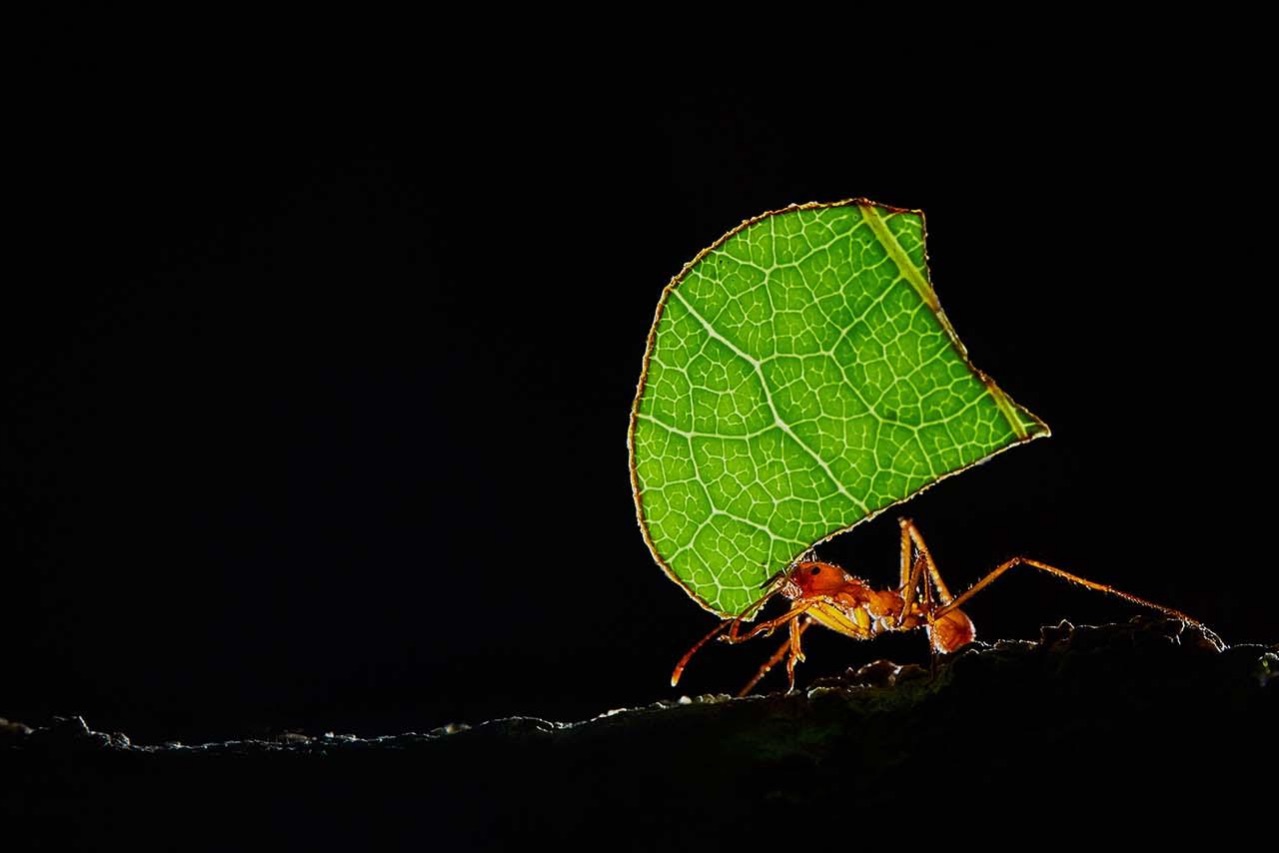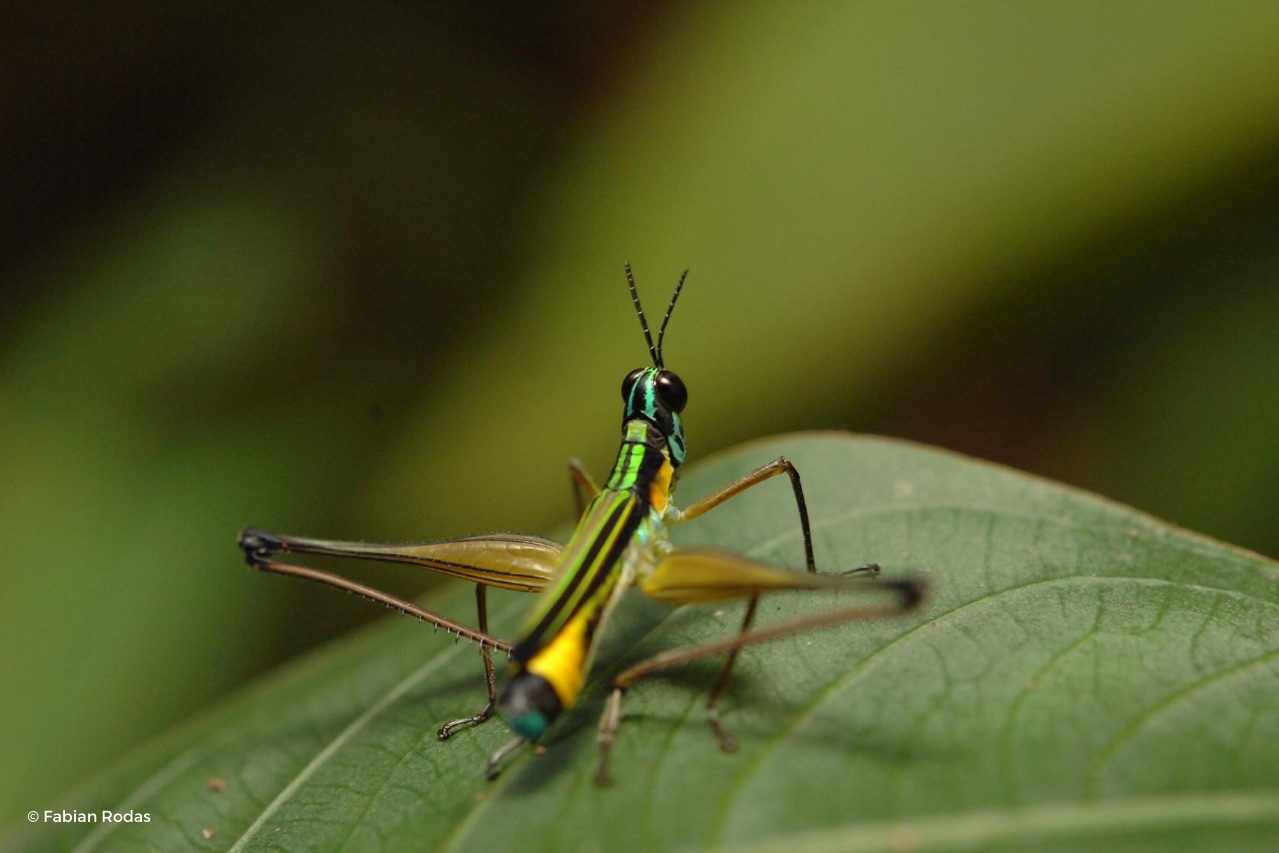Insects kick biomass
08/28/2020
Strategic Area:
Species -
Content Type: Blog
Country:
Bolivia - Ecuador - Peru -
There are approximately 2.5 million species of insects in the Amazon, and we need every one of them.
To inspire awe of the planet’s extraordinary biodiversity, Nature and Culture is glad to share our monthly series: Strange Miracles of the Rainforest and Beyond.
Last time we featured masters of disguise. Check out this month’s gift from nature.
Miracle #7: “The little things that run the world”
Bite! Sting! Buzz!
Insects typically get a bad rap with humans, but they are vital to all life on Earth.
Insects provide natural services that we often take for granted. They are the pollinators, garbage collectors, undertakers, leaf sweepers, soil conditioners, and fertilizer producers of nature.
Insects are critical components of our planet’s ecosystems – including the Amazon rainforest.
Scientists estimate that the Amazon basin is home to over 2.5 million species of insects, though scientists have yet to describe many of them. It contains the greatest number of butterfly species in the world, and some scientists calculate that ants make up 30% of the Amazon’s total animal biomass!
Insects of the Amazon perform many important functions. They aerate the soil, pollinate blossoms, and control pests. Many insects, especially beetles, are scavengers, feeding on dead animals and fallen trees, recycling nutrients back into the soil.
They are a critical part of the Amazon’s food web as the food source for many amphibians, reptiles, birds, and mammals – and even humans! Traditionally, insects accounted for up to 26% of the diet of the indigenous Tukanoan in northwest Brazil.
Herbivorous insects play an important role in ensuring the diversity of returning vegetation in the Amazon. They are strongly attracted to fast sprouting and stronger plants, which are typically the first to regrow after fires. Without insects eating the plants, a burned area will grow back with fewer species of trees and plants than before. Insects give slower growing plants a chance to germinate and compete for resources, allowing for more diversity in the regrown area.
Fewer “creepy crawlies” may seem like a good thing, but entire ecosystems would be destroyed without them.
As biologist and friend of Nature and Culture E.O. Wilson says, they are “the little things that run the world.”
You can protect the planet’s extraordinary biodiversity (including insects!) here.
The variety of life on the planet is our greatest treasure. Yet one million of the estimated eight million plant and animal species on Earth are at risk of extinction. Nature and Culture hopes that by sharing these 12 Strange Miracles you’ll be filled with wonder and gratitude for each species that enriches the planet. Stay tuned for next month’s feature!





